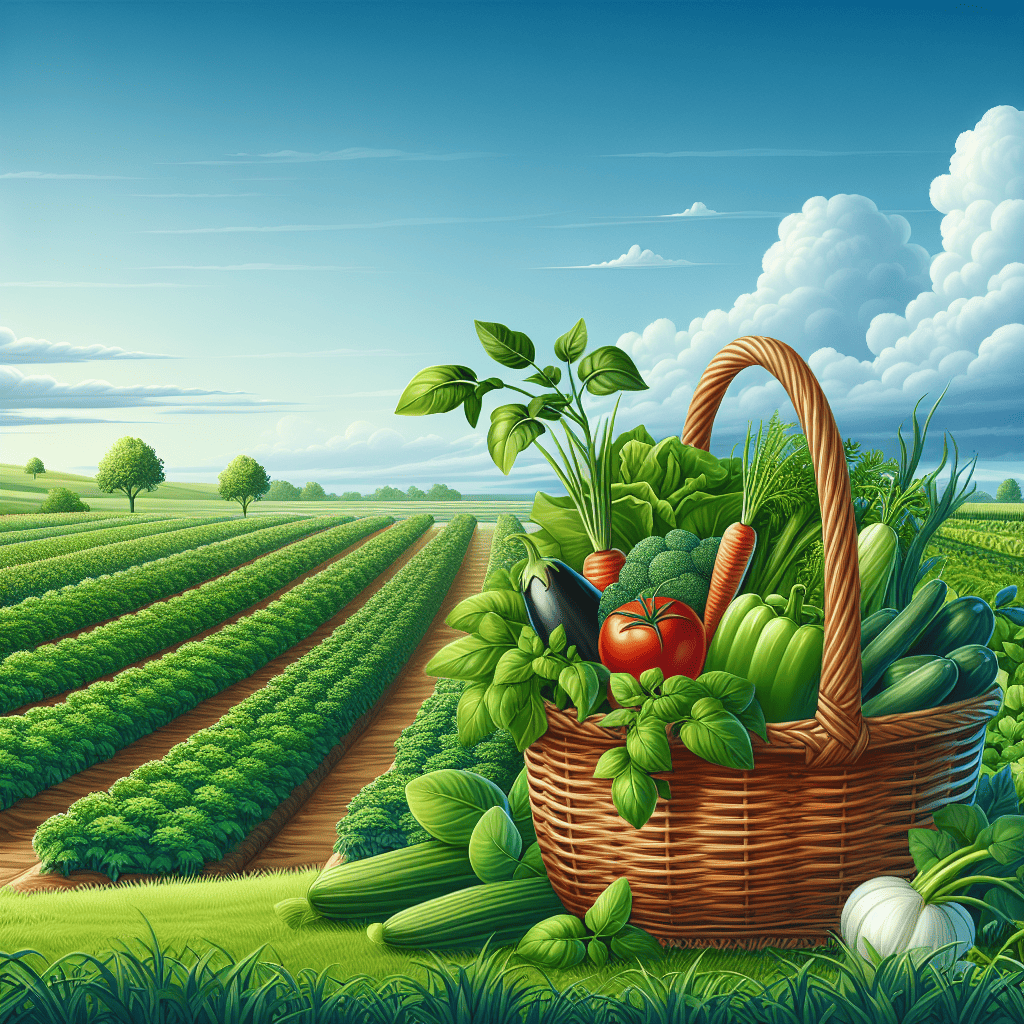In recent years, the importance of sustainable agriculture has gained significant traction in public discourse, drawing attention to practices that harmonize farming activities with environmental stewardship. As the global population continues to rise, and with it the demand for food, the imperative to adopt agricultural methods that secure both a healthy planet and a nutritious diet for all is more critical than ever.
Sustainable agriculture is an integrative approach designed to yield abundant crops and livestock, while remaining conservation-conscious and ensuring long-term ecological balance. Central to this approach are practices that not only support human needs but also enhance the health of agricultural communities and the environment.
One fundamental aspect of sustainable agriculture is soil health management. Healthy soil is the cornerstone of robust crop production and forms the primary reservoir for nutrients that plants need. Initiatives such as crop rotation, cover cropping, and reduced tillage are crucial practices employed to maintain soil fertility. Crop rotation involves cultivating different types of crops in the same area in sequential seasons. This technique helps to disrupt pest and disease cycles and replenish soil nutrients naturally, reducing the need for chemical fertilizers.
Cover crops, such as clovers and legumes, are planted during off-season times when the soil might otherwise be bare. These plants improve soil vitality by preventing erosion, enhancing soil structure, and fixing nitrogen within the soil, thereby promoting healthy plant growth later on. In addition, reducing tillage minimizes soil disruption, protecting soil structure and helping retain carbon and moisture, which are essential for sustainable farming ecosystems.
Water management is another critical component. Efficient use of water resources, especially in arid regions, is essential for sustainable agriculture. Techniques like drip irrigation provide water directly to the plant's roots with minimal evaporation, ensuring every drop is used effectively. Collecting and storing rainwater for irrigation is another sustainable approach that reduces dependency on groundwater.
Biodiversity in agricultural systems is vital for enhancing ecosystem productivity and resilience. Encouraging natural pest predators and planting a range of crops helps minimize pest populations and disease outbreaks without resorting to chemical pesticides. Integrating livestock and crops, a practice known as agro-pastoralism, creates mutually beneficial relationships where animals can graze on crop residues, and their manure enriches the soil, fostering an organic nutrient cycle.
Integration of technology also plays a significant role in advancing sustainable agriculture. Use of precision farming tools and data analytics helps in optimizing field-level management regarding crop farming. These technologies allow farmers to make informed decisions based on detailed insights into weather patterns, soil conditions, and crop health, leading to more efficient resource use and higher yields while minimizing environmental footprint.
Furthermore, embracing farmer education and training ensures that sustainable practices are correctly understood and implemented. Strengthening rural communities and involving them in decision-making processes allows for the development of region-specific solutions tailored to diverse ecological and socio-economic contexts.
Finally, sustainable agriculture aligns closely with promoting a healthy diet. Foods grown sustainably are typically richer in nutrients and free from harmful pesticides and chemical residues. By focusing on diverse, balanced crop production, sustainable agriculture supports access to fresh foods, leading to healthier dietary patterns.
In conclusion, sustainable agriculture provides a robust framework that addresses the pressing need for food security and environmental conservation. By nurturing the intricate ties between farming and the ecosystem, sustainable practices ensure that agricultural productivity can be sustained for future generations, simultaneously supporting a healthy planet and nourishing diets. Embracing these methods not only safeguards environmental health but also paves the way towards a resilient and equitable food system globally.
